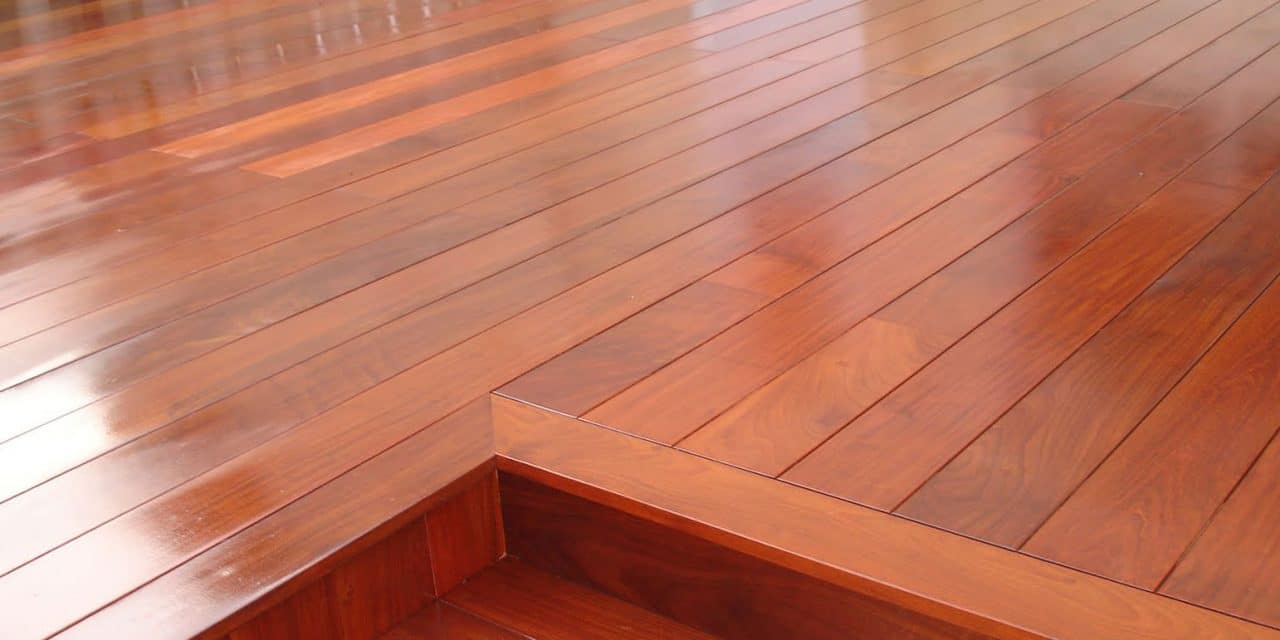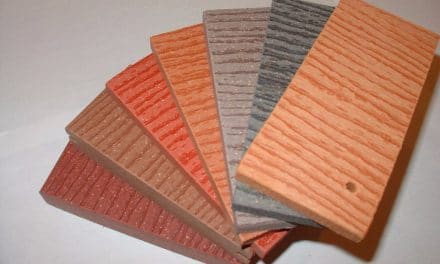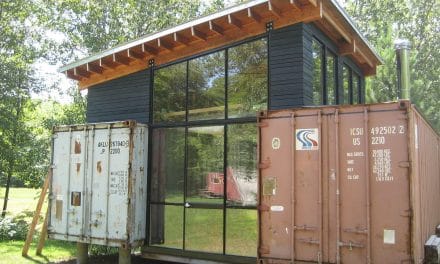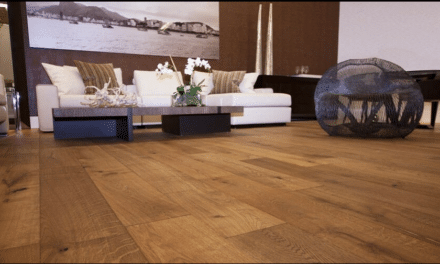What makes wood decking eco-friendly?
There are a number of sustainable forestry methods that produce responsible decking materials. Some of these practices include:
- Harvesting of fallen & dead trees
- Harvesting trees that no longer produce seeds
- For every tree that has been cut a number of new trees planted
- Selective logging that promotes healthy forests
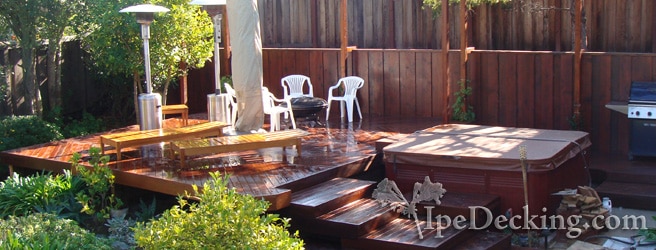
How can you be sure you’re buying eco-friendly ipe?
When shopping for ipe wood, be sure to ask if the lumber supplier is a member of eco-friendly trade groups and organizations. Organizations such as the Forest Stewardship Council and the United States Green Building Council (USGBC) seek to promote eco-friendly forestry. When you choose this company, you can have peace of mind in knowing that their complete inventory of ipe is responsibly harvested from managed forests that practice sustainable forestry. By supporting and promoting widespread replanting programs, they continue to bring premium quality wood to the market without damaging the rainforest.

What Is Ipe Decking?
Ipê (pronounced E-pay) originates from countries in Central and South America. Ipe decking has natural properties that make it the toughest and longest lasting decking materials available. As you can see from the pictures on this site, ipe decks provide a touch of class and elegance to any outdoor space.

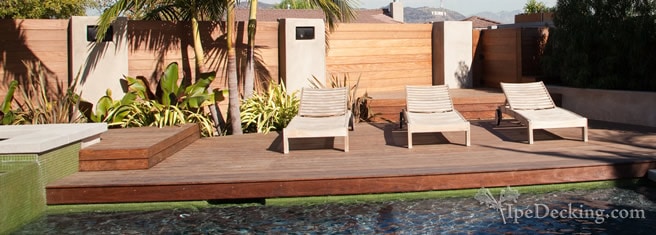
Ipe Decking Names
Scientific / Botanical Name:Tabebuia spp. (Lapacho group)
Common Name: Ipe (pronounced EE-PAY)
Additional Names: Brazilian Walnut, Amapa, Cortez, Guayacan polvillo, Flor Amarillo, Greenheart, Madera negra, Tahuari, Lapacho negro

Ipe Decking Characteristics
General Characteristics: Dark brown or reddish brown walnut color. Ipe wood decking has a fine to medium texture . The bole of an ipe tree can have a diameter of 6 feet. Some trees grow as tall as 150 feet. However, it is more common to see trees that are 100 ft. tall with a diameter between 2 to 3 feet.
Common Uses: Decking, flooring, siding, docks, interior wall panels, sunrooms and many others.
Origin: South America (specifically Brazil), Central America the Lesser Antilles. The Tabebuia tree can be found in a diverse number of areas.


